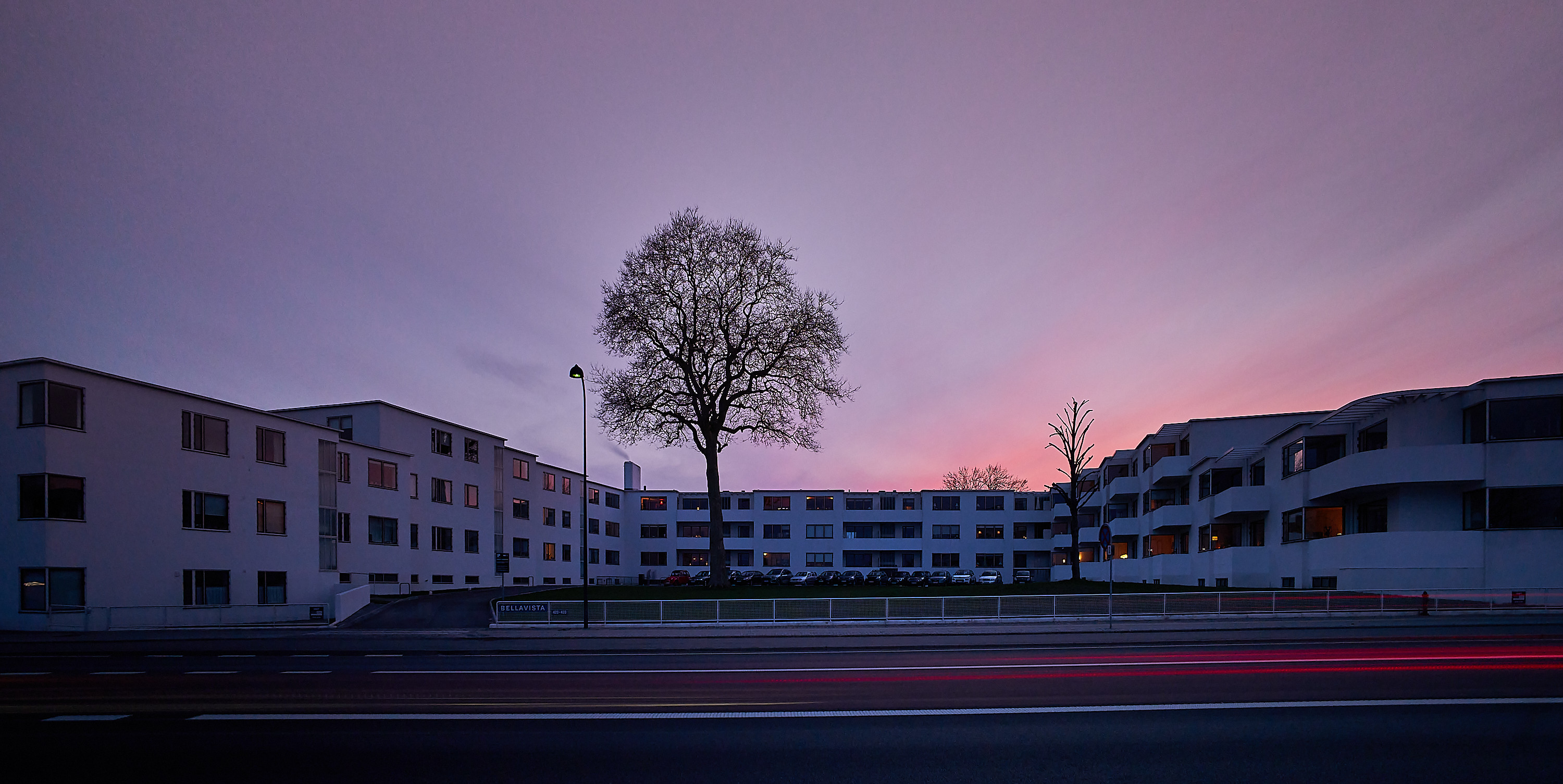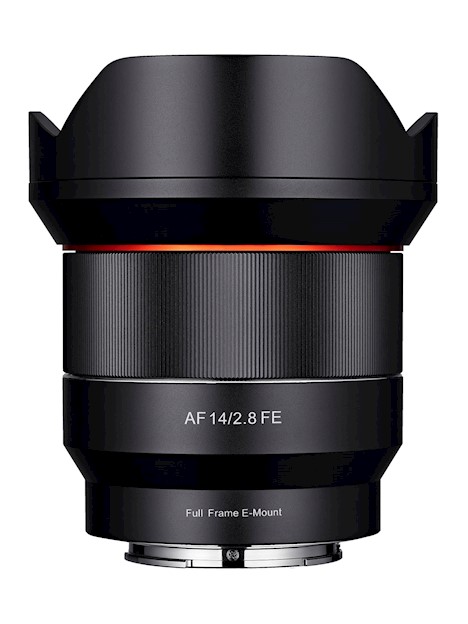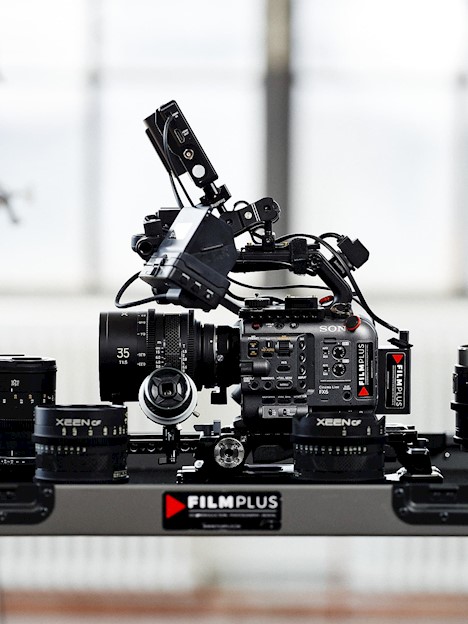4. Camera and settings
When it comes to the camera, you can use what you have. Even analog cameras can be used for long exposure. (see picture from my Hasselblad X-Pan below) I’m using my Sony a7RIV now. When you are going to start long-term exposure, remember to turn off any stabilization in the camera. There is no need for stabilization and this can result in some poor images with low sharpness. It is as if the active stabilization actually creates small vibrations when the camera is on a tripod and you are exposed for a long time. So remember to turn it off.
When focusing, use autofocus, but turn it off when focus is found. Then you are ready to take the picture when the subject is in place. Then the camera does not need to focus again.
Exposure times, aperture, and iso
When you need long-term exposure, here are a few tips for exposure times, aperture and iso. If you use a mirrorless camera, you can more or less see how your image will be on the screen before you press the shutter button. I usually use ISO 100 or lower, as this way I avoid noise in the image. Aperturically, I am most often between 7.1 and 13-16. Do not go higher up as most lenses are not good over aperture 16. Conversely, you can use low aperture numbers if you achieve bokeh in the background or blur certain parts of the image.
The shutter speed is now what decides the image look, it determines how much the car headlights are blurred, how soft the water becomes or put another way; how much motion blur is coming. That is, how much the moving parts of the image move while the camera is “open”. For beach pictures and the desire for soft water, I usually use 20-30 sec. exposure time. In pictures with car headlights 1-2 sec, depending on how many cars drive by. Many cars can handle longer exposures. But try it out and see how it works. It’s super fun to play with!

Sony a7RIV, Nisi 15mm f4 – 30 sek. f5.6, NiSi ND1000 – Arne Jacobsens Belle Vista og Bellevue Theatret, Klampenborg
5. Other good gear for long-term exposure
Cable release or wireless remote to avoid shaking when you press the shutter button. They are also super useful in “bulb mode” where it is closed from the moment you press the shutter button, hold it down and release it again … especially if you are out in exposures that last 1-2 minutes.
Apps; there are various apps for long-term exposure such as. Nisi’s own app and Photopills. However, it is not something I use. But google them and see what others are doing. It may be something for you.
The last tip is to make sure a little good to eat and drink if you have to be out for a long time. It takes a little longer than regular snapshots. A sandwich and some coffee, tea or water are always good to bring.

Sony a7RII, Sony Carl Zeiss 16-35, 20 sek. f14 – Copenhagen International School, Nordhavn, København

Sony a7RII, Carl Zeiss Batis 18mm, 30sek, F13 – Nisi ND64 + Cir. Pol – Islands Brygge, København

Sony a7RIV, Samyang 12mm F2, 30 sek @f5.6 – NiSi ND1000 – Arne Jacobsens livreddertårne, Bellevue, Klampenborg

Håndholdt Hasselblad X-Pan, Fujifilm Provia 100F, 45mm Carl Zeiss, f4, 1 sek. – Nørreport Station, København

Sony a7RII – 40mm Carl Zeiss Batis, 3,2sek, F11 – Metropolis, Sluseholmen, København

Sony a7III, Tamron 17-28mm f2.8 – 30s @F16 – Hotel D’Angleterre, København






















